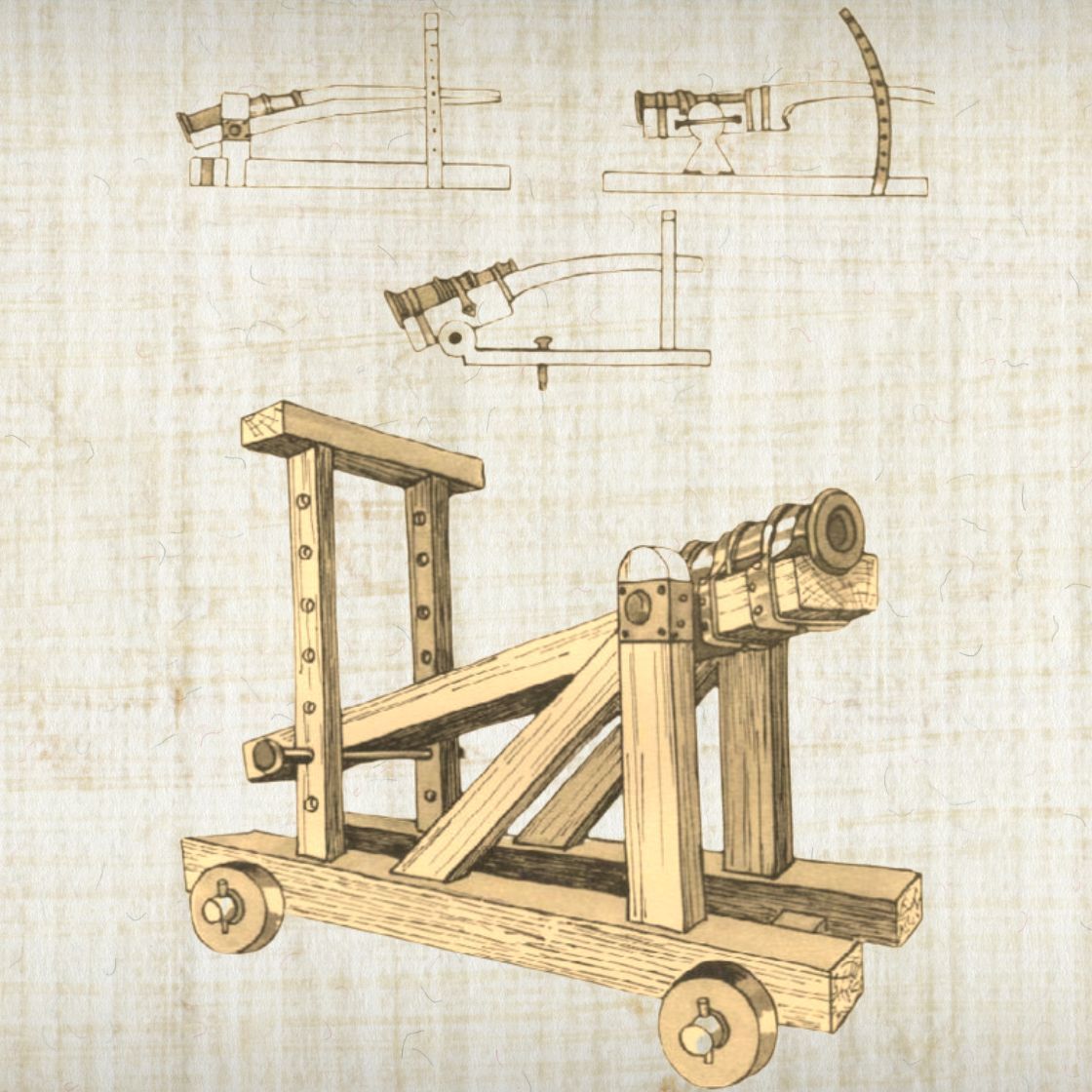What is a Onager?
A key element of artillery in ancient times, the Onager is a type of catapult that was used in numerous sieges due to its ability to launch projectiles over great distances. The name comes from the Latin "onager," which means "wild ass," referring to the force with which these animals kicked, similar to the impact produced by the Onager when releasing its projectiles.

History and Origins
The Onager was first used by the Roman Empire around 200 BC. Its first recognized mention is found in the writings of the Greek Philo, followed by references from Apollodorus a century later. However, detailed descriptions began to appear until the 4th century, when historians such as Vegetius and Ammianus Marcellinus extensively documented its design and application.
Design and Functioning
A notable innovation of its time, the Onager consisted of a sturdy frame that held a long arm made of woods such as ash or oak. To ensure the reliability of the arm, it was preferred to be free of knots. This arm was tensioned using fibers from plant or animal sources, particularly tendons, known for providing greater power to the machine.
Shooting Mechanism
The firing action involved the use of a winch with iron bars that pulled the arm back. Once tensioned, it was held in place by a catch that, when released, abruptly freed the arm. Upon hitting its padded stop, a solid sack filled with straw, the projectile was launched, functioning similarly to a sling.
Variations of the Onager
The Onager was not uniform in its design but featured variations depending on the specific purpose in warfare. Some versions incorporated a spoon at the end of the arm to launch incendiary projectiles, while others had wheels, facilitating the movement of the device. Its sizes also varied: from portable models operated by four men to large structures capable of firing enormous rocks over distances exceeding 250 meters.
Battlefield Applications
The Onager played a fundamental role in sieges, breaching enemy walls and demolishing fortifications. Its use was not limited solely to land campaigns; it was also deployed in Roman naval battles, allowing effective attacks from the decks of warships and significantly contributing to the military strategy of classical Rome.
The Effective Simplicity of the Onager
Despite its simplicity, the Onager represented an extremely effective piece of artillery. Generally manned by a group of eight men on earth or brick bases to minimize the impact of vibrations, the Onager reflects one of the many ingenious ways ancient civilizations developed to enhance their effectiveness in military campaigns.
The impressive legacy of the Onager is marked not only by its advanced engineering for the time but also by its lasting impact on the art of siege warfare and the evolution of military weapons in ancient times.




























